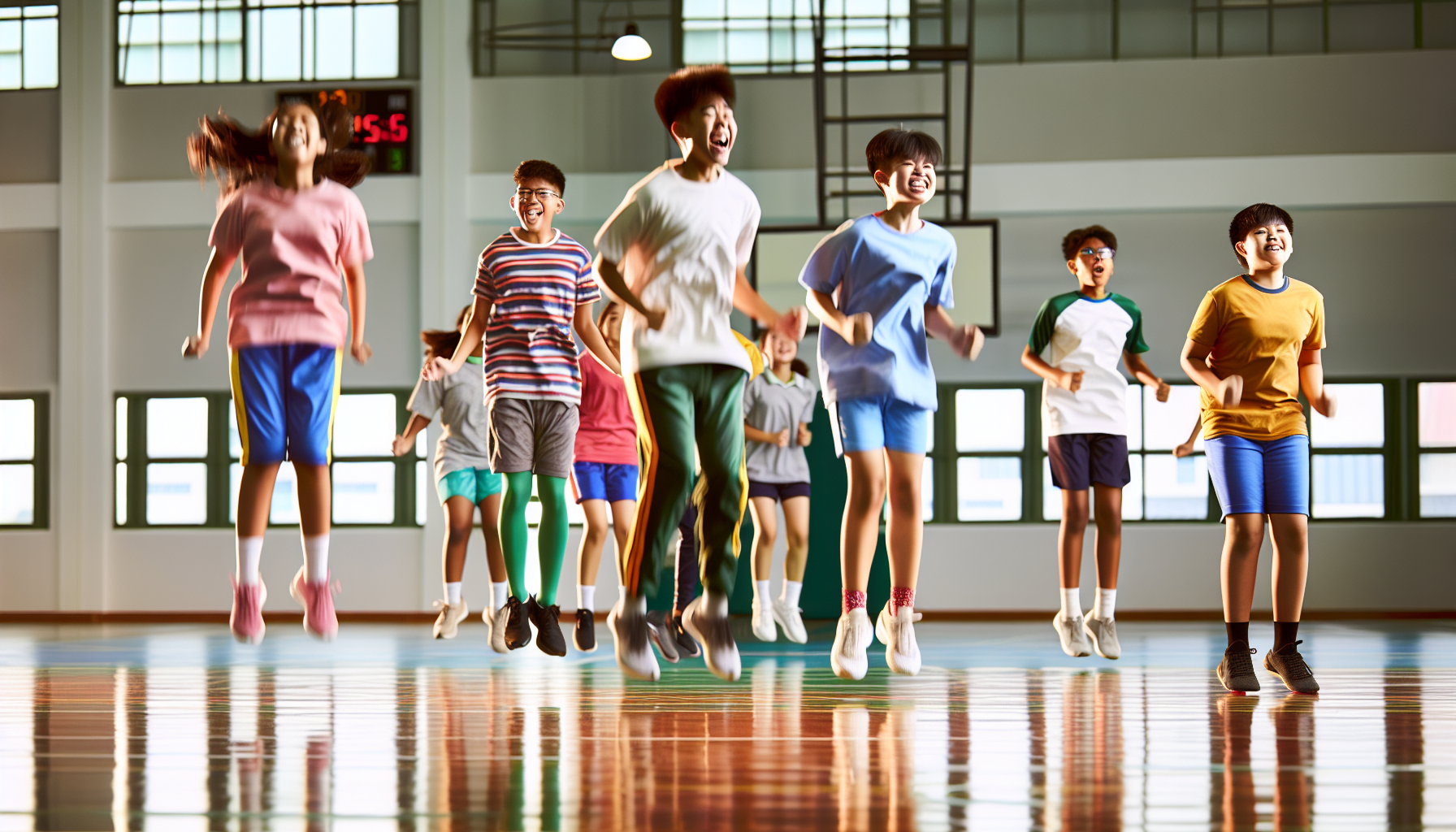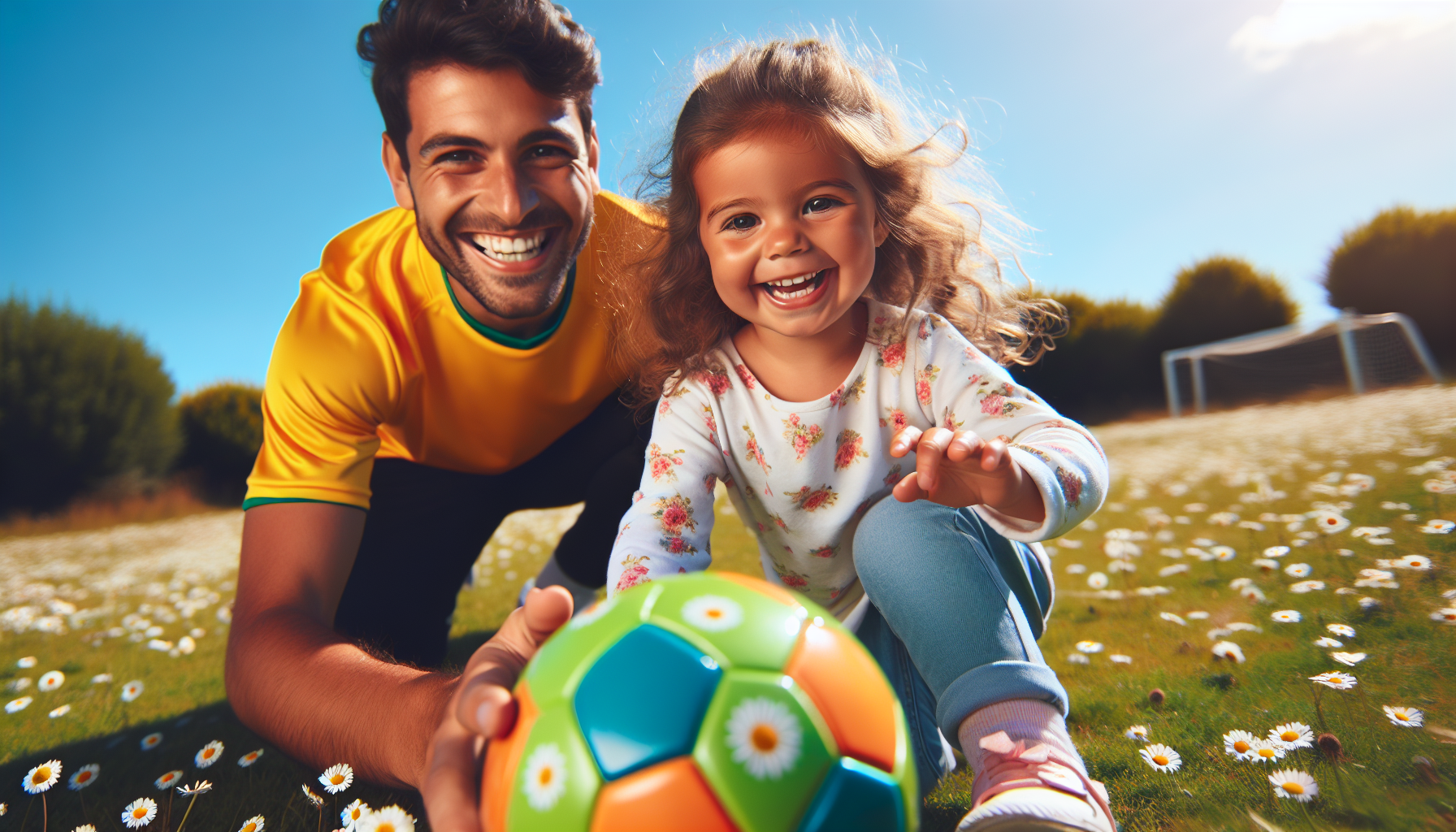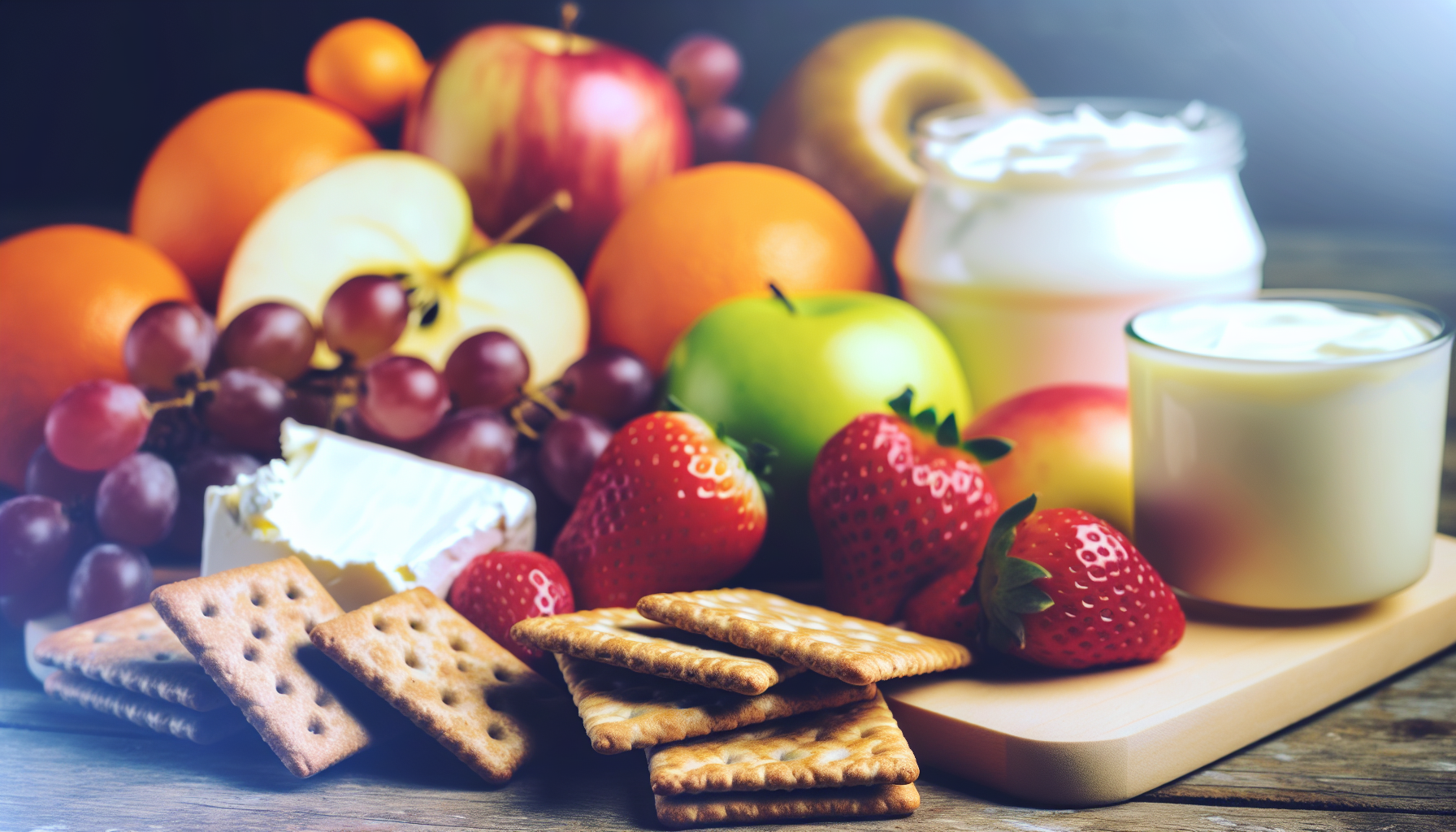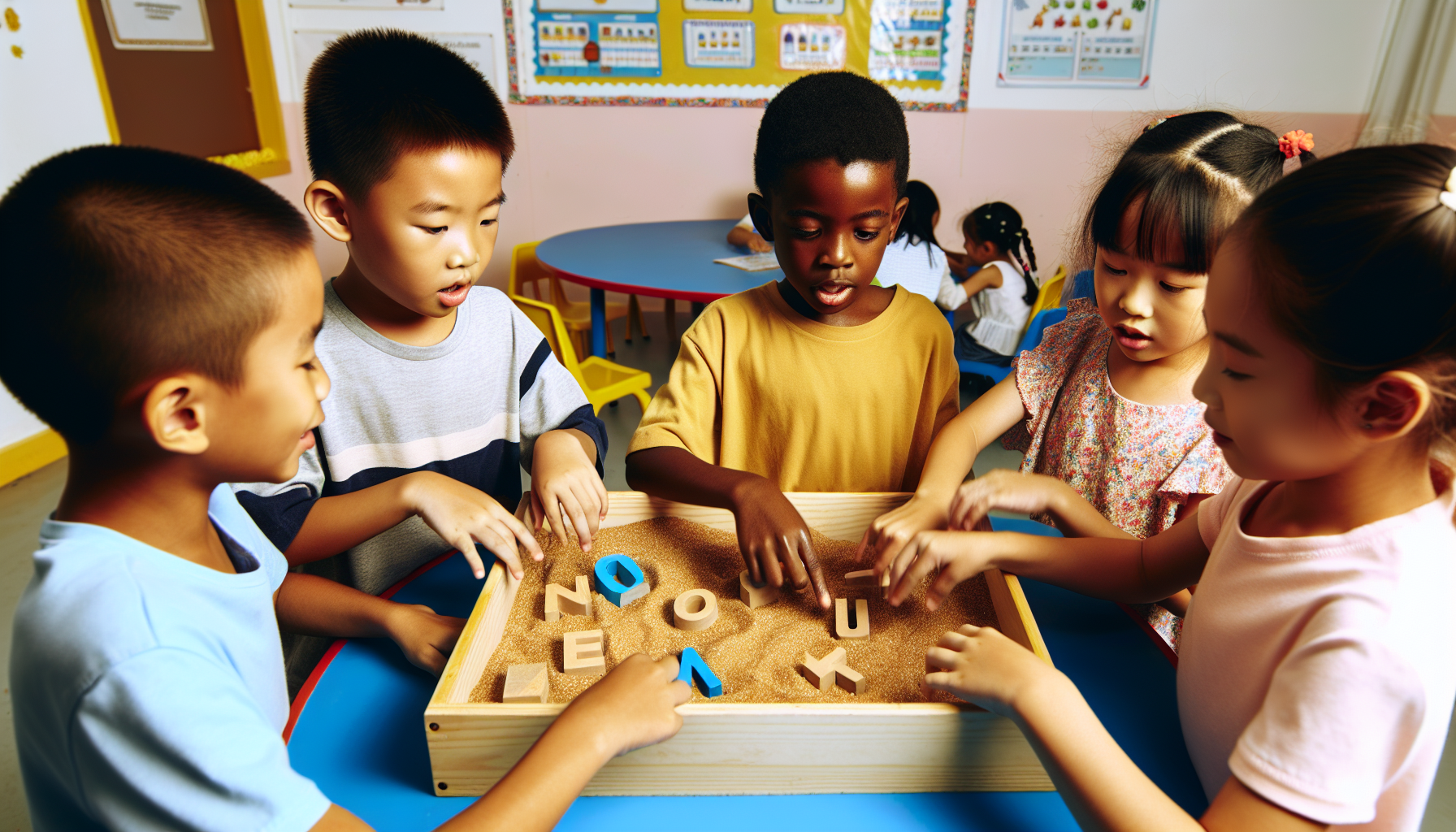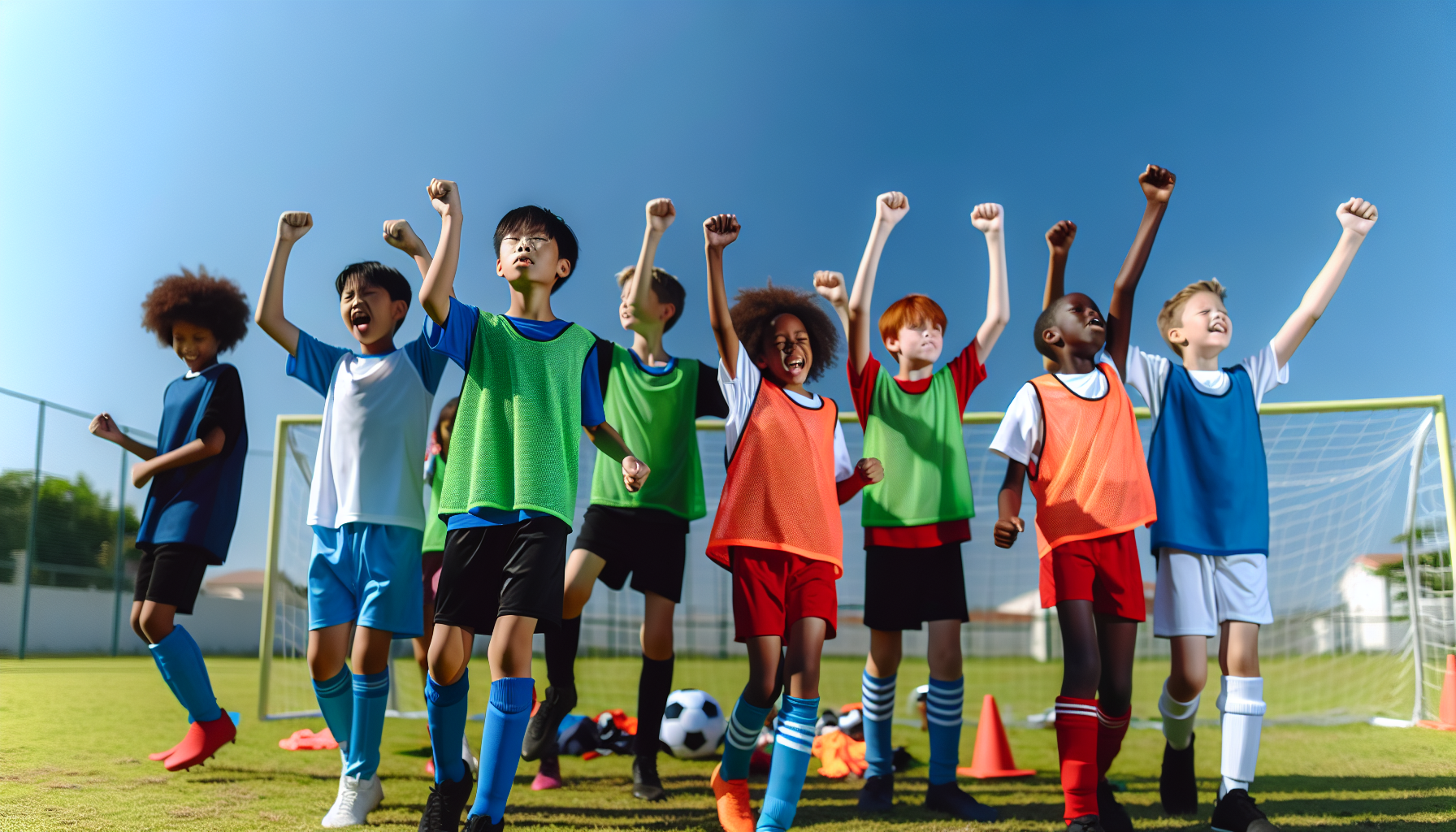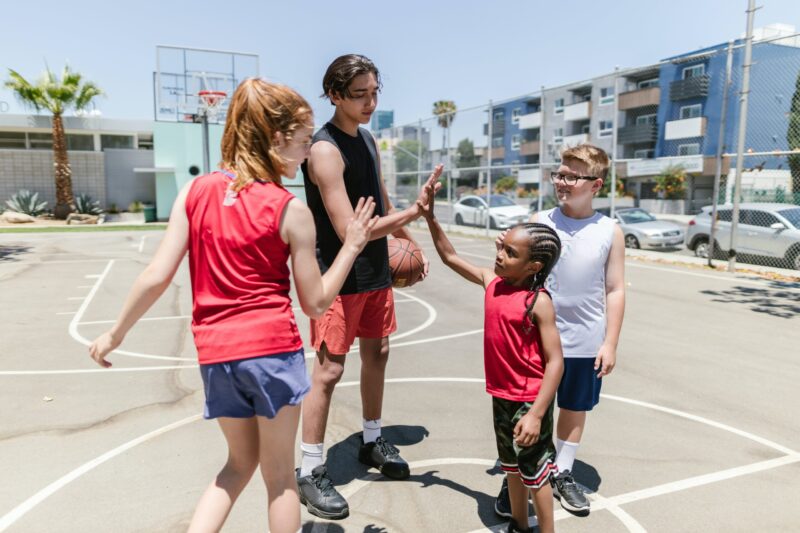
Wondering how to promote youth fitness effectively? You’re not alone. This article cuts through the confusion to deliver straightforward strategies for engaging kids in active, healthy lifestyles. We’ll delve into creating compelling exercise routines for young people, incorporating proper nutrition, and making physical activity a joy—not a chore. Get ready to find out how fitness can be accessible, enjoyable, and beneficial for youth of all ages. Time to start boosting youth fitness!
Table of Contents
ToggleKey Takeaways
- Regular physical activity is crucial for children’s physical and mental health, improving cardiovascular health, strength, coordination, balance, cognitive function, and mood.
- Age-appropriate and enjoyable physical activities, diversified exercise routines, and the support of coaches and parents are vital to inspire lifelong healthy habits in children.
- Overcoming challenges to youth fitness, including time constraints and limited facility access, and promoting proper nutrition are essential for developing effective youth fitness programs.
The Importance of Youth Fitness
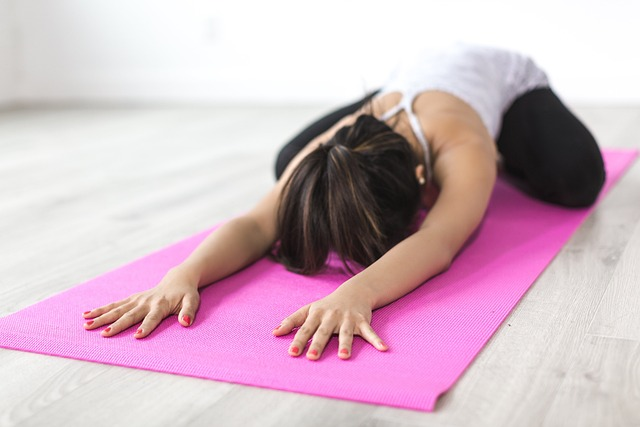
For our youngest generation, being physically active forms the bedrock of overall health. Regular physical activity greatly contributes to children’s physical condition, mental well-being, and aids in their developmental processes.
Some key benefits of physical activity for children include:
- Improved cardiovascular health
- Stronger muscles and bones
- Better coordination and balance
- Enhanced cognitive function
- Reduced risk of obesity and chronic diseases
- Improved mood and mental well-being
Programs like the ACE Youth Fitness Specialist Program are dedicated to making physical activity enjoyable, underlining the importance of incorporating fun into fitness for our young clients.
Fitness professionals play an integral role in guiding young individuals to lead active, healthy lives. The key is to keep kids moving, fostering an active lifestyle that sets the stage for a healthy future. However, the journey towards youth fitness isn’t just about physical activity, it also encompasses essential elements like mental health and nutrition.
Physical and Mental Health Benefits
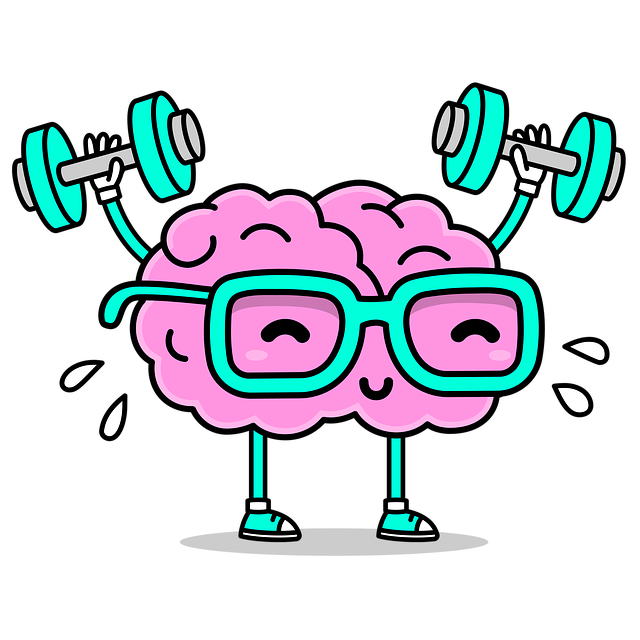
Apart from maintaining physical fitness, regular physical activity significantly contributes to children’s mental health. Engaging in exercise helps enhance psychological quality and injects diversified fun into the lives of young individuals. Activities like yoga function as outlets for releasing excess energy and contribute to reduced anxiety and better mental health overall.
Easy Toddler Friendly Yoga and Instructions for Harmonious Family Exercise
Moreover, physical activity is pivotal in warding off mental diseases among the youth. Achieving set goals in physical endeavors builds confidence, enhances self-esteem, and cultivates effective communication skills. Coaches are instrumental in fostering positive sports experiences, which helps reduce the risk of depression.
Moving Matters: The Crucial Importance of Regular Physical Activity for Health and Happiness
Building Healthy Habits
Being youth nutrition specialists, we acknowledge the need to instill healthy habits right from an early age. Participating in nutrition programs and health education initiatives helps children develop positive attitudes about healthy lifestyle choices that can last a lifetime.
According to a 10-year longitudinal study by Tufts University, youth involved in structured health education programs such as 4-H are nearly twice as likely to engage in healthier choices. These programs, combined with the support of parents and coaches, are instrumental in building a foundation for lifelong health and wellness, and are an essential component of human services.
Age-Appropriate Activities for Kids
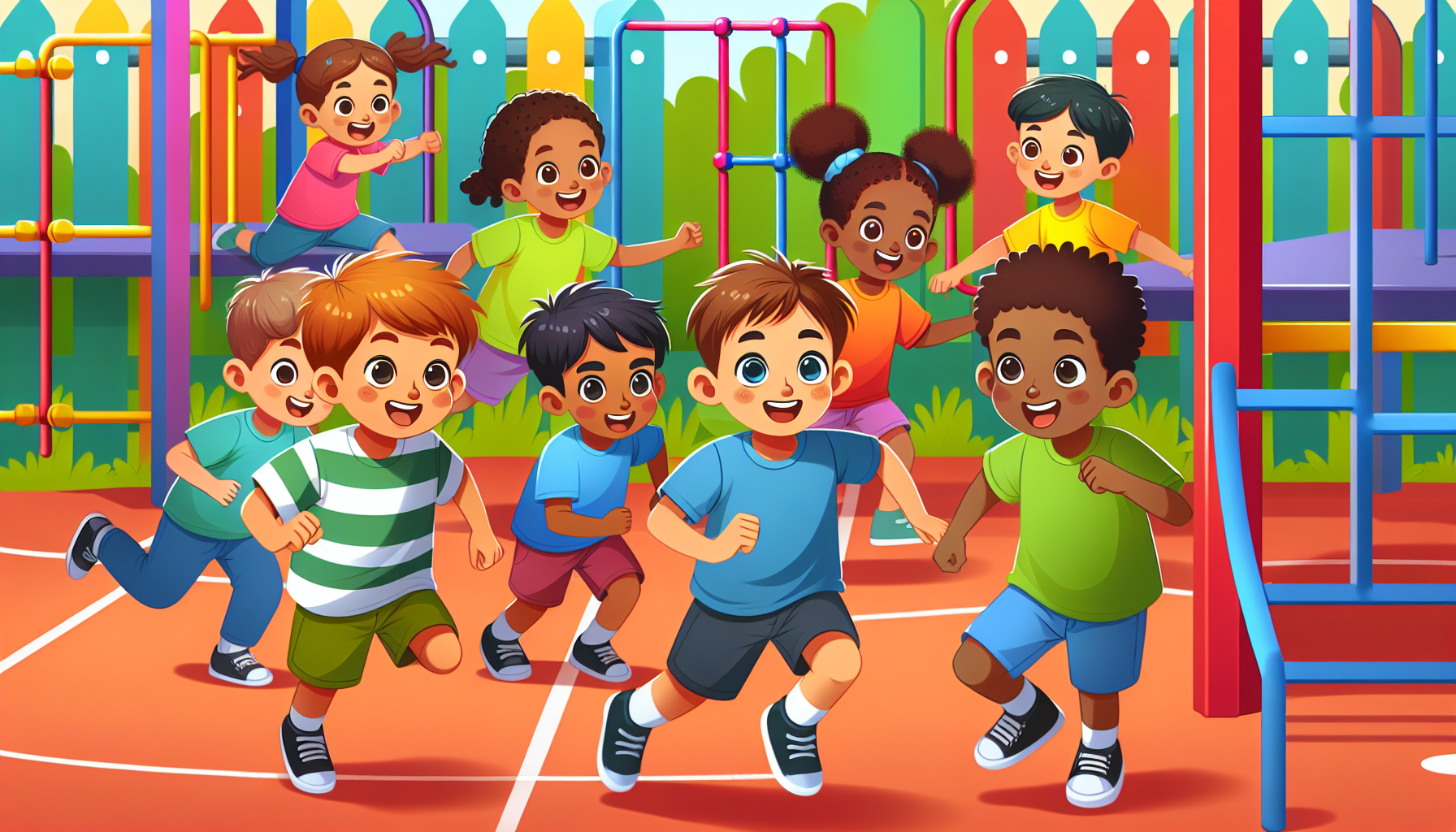
In terms of physical activity, there’s no ‘one size fits all’ approach. It is vital for children and adolescents to be offered physical activities that are age-appropriate, enjoyable, and varied. National guidelines recommend that children and adolescents engage in at least 60 minutes of moderate intensity aerobic activity daily, which can include a mix of moderate to vigorous-intensity aerobic physical activities, such as vigorous intensity aerobic activity.
To keep fitness programs interesting and cater to different preferences, incorporating a variety of activities is beneficial. Some options include:
- Swimming
- Martial arts
- Dance
- Playground play
The safety and effectiveness of fitness activities, including bone strengthening activity, can be ensured by using sturdy, age-appropriate equipment.
Preschoolers (3-5 years)
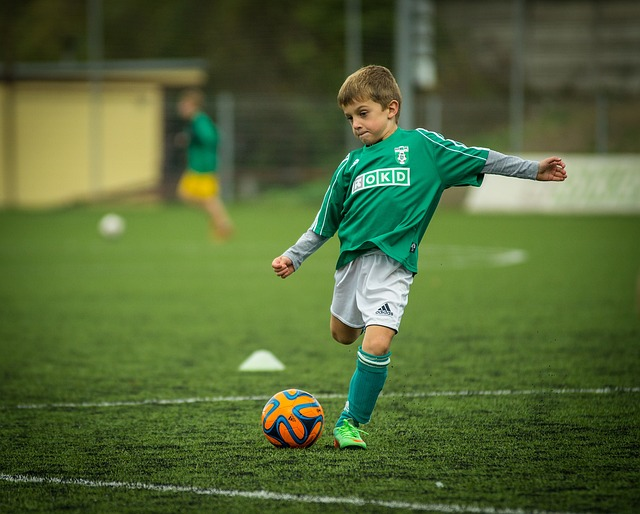
Preschoolers are at a stage where they are developing both gross and fine motor skills. Activities such as walking on homemade balance beams and participating in indoor relay races can encourage this development. Fine motor skills can be further improved by engaging in tweezer activities or painting with pom-poms, which also strengthens their pincer grip.
Integrating learning into physical activity is also crucial. Games like ‘Kick the Cup’, where preschoolers knock over cups labeled with letters, not only develop their gross motor skills but also integrate literacy into physical activity.
Activities like making their own books and building with LEGO bricks foster creativity and critical thinking while understanding patterns and spatial relations.
Top Indoor and Outdoor Activities for Toddlers: Fun and Development Combined
School-Age Children (6-12 years)
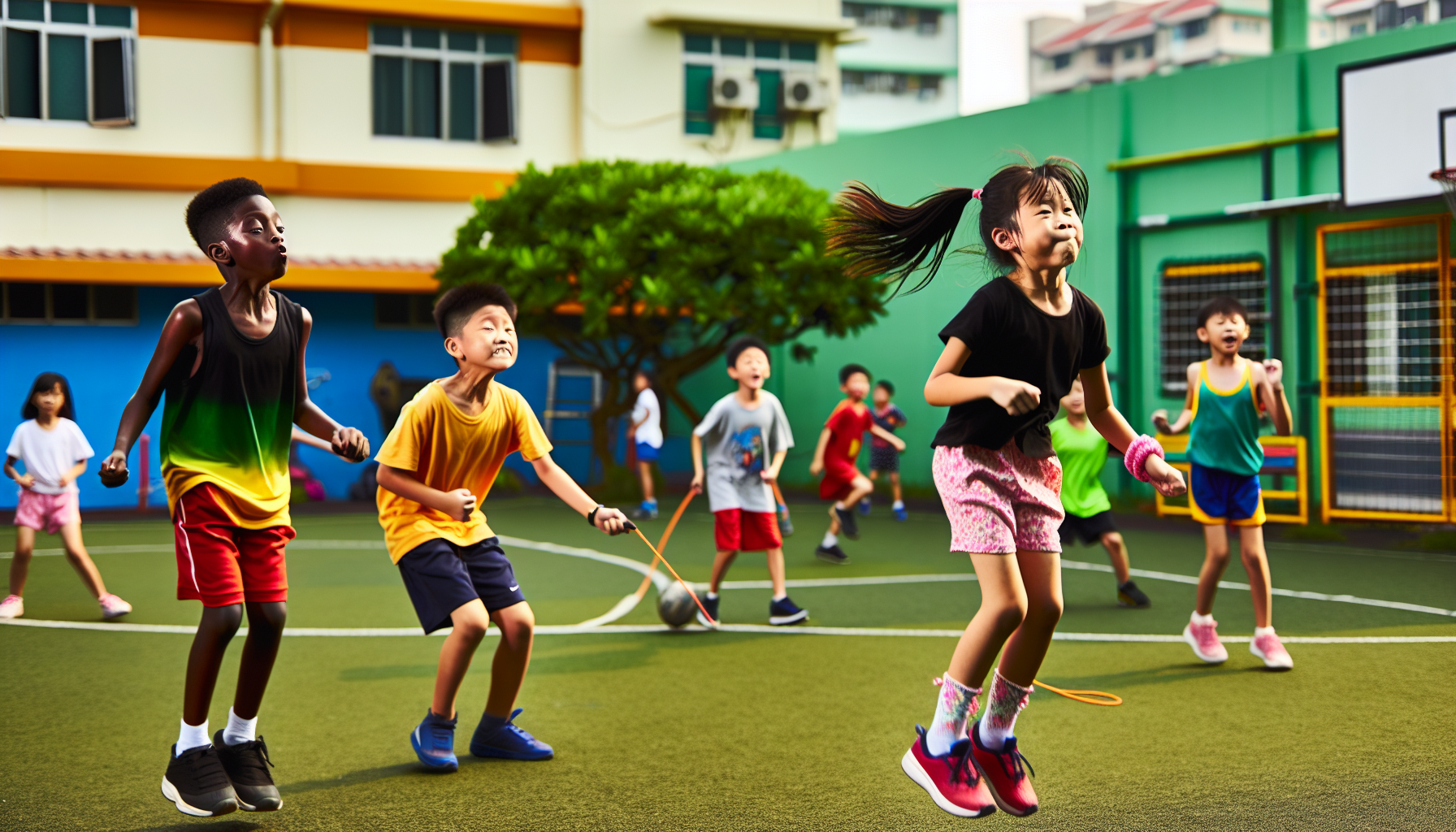
School-age children should engage in diverse activities, including team sports, individual sports, and everyday physical activities to maintain an active lifestyle. As children’s physical skills notably advance with age, they move from jumping rope and riding bikes to enjoying complex physical activities and sports.
Participation in team sports evolves with age, where younger children often benefit from non-competitive leagues, and older children may engage more with competition and skill development in organized sports. Alternative activities such as karate, fencing, golf, bicycling, skateboarding, and tennis cater to children who prefer individual sports or non-traditional team sports.
Maximizing Potential: The Critical Importance of Youth Sports for Holistic Development
Adolescents (13-18 years)
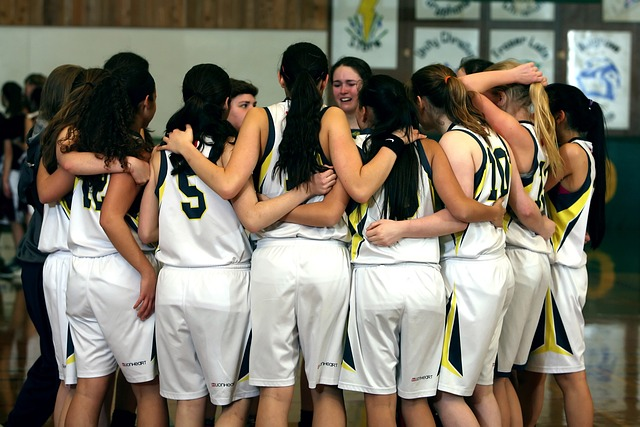
Adolescents require a balanced exercise program that includes cardiovascular, strength, and mobility workouts, as well as diverse and agility-focused activities. Home-based exercises like forward lunges, pushups, squats, bird dog, hip bridge, and dead bug can help teenagers improve strength, flexibility, and endurance.
However, only a quarter of American teens meet the daily exercise recommendation of an hour of moderate to high-intensity exercise. To address this, an alternative of 30 minutes of exercise three times per week is also suggested.
Diversifying exercise routines by incorporating new activities, along with agility training, can help teenagers develop:
- well-rounded athleticism
- quickness
- balance
- power
- a cognitive challenge
- a greater joy for movement.
Top Ten Fun and Effective Workouts for Teenagers to Build Healthy Habits
Involving Parents and Coaches in Youth Fitness
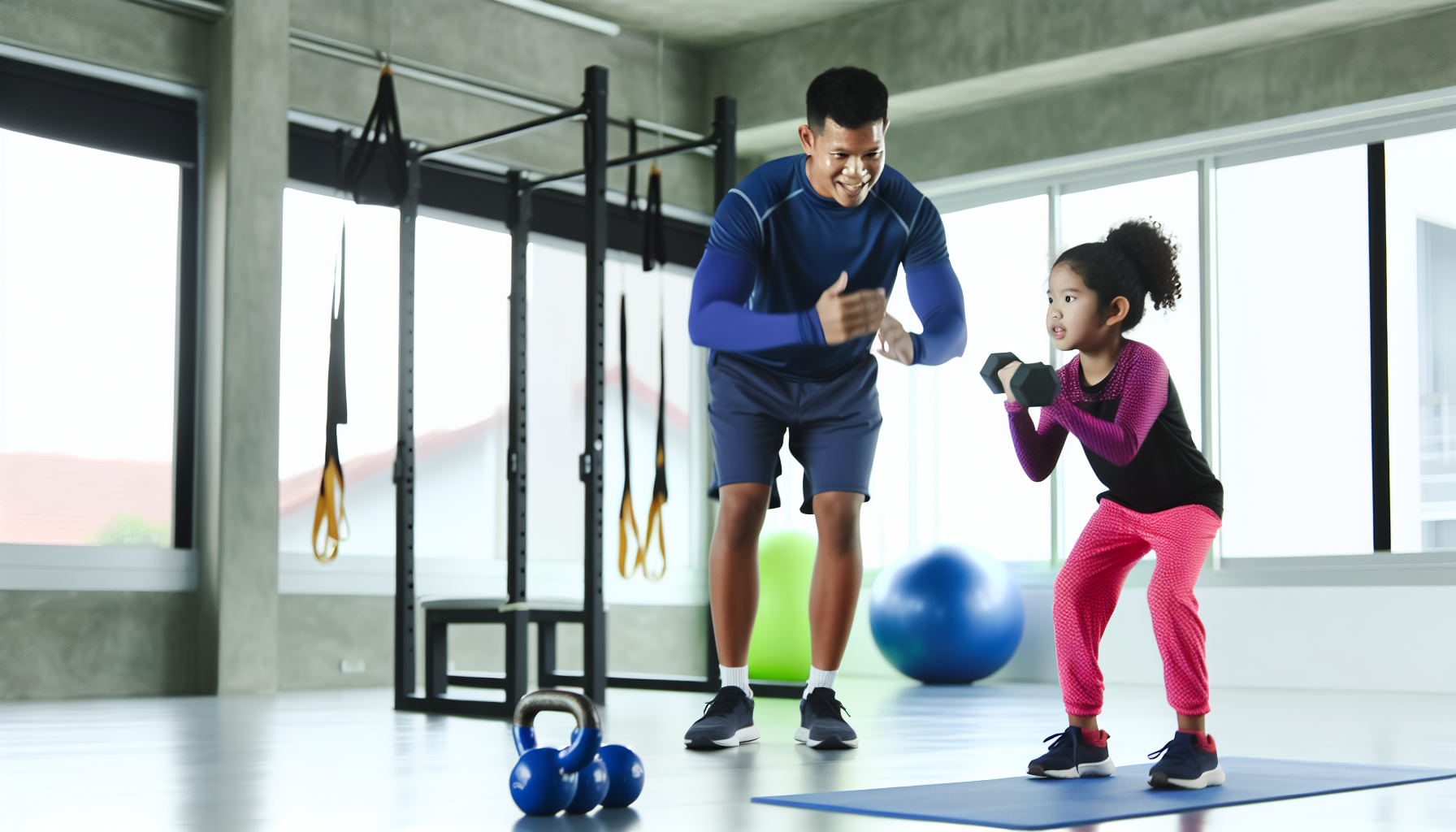
The path towards youth fitness is not a solitary journey. It involves the support of parents, coaches, and the wider community. Parental involvement is fundamental in youth sports, sustaining leagues and enriching children’s sporting experiences. A balanced amount of parental participation is most beneficial for children, encouraging enjoyment and development in sports.
Moreover, coaches have a significant role in youth fitness. Effective youth sports leagues depend on recruiting volunteer coaches and providing them with adequate tools and training. Involving a diverse group of volunteers can enhance coaching strategies and perspectives, thus enriching the overall experience for young athletes.
Top Family Fitness Fun: Engaging Activities for Parents and Elementary Kids
Parental Support and Encouragement
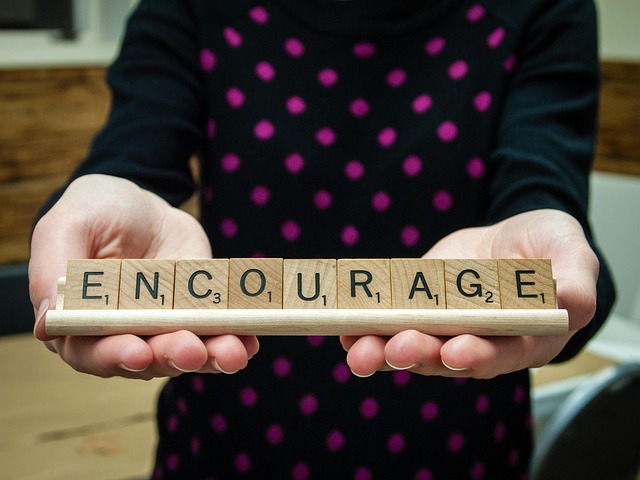
Parents can support their children’s fitness by modeling healthy behaviors, providing a safe environment, and encouraging enjoyable physical activities. Incorporating physical activity into home chores, setting limits on screen time, and planning ahead for exercise can help children achieve daily activity goals.
For overweight teens, addressing weight gain through the combination of exercise, healthy eating, and parental involvement is key, and offering incentives and recognition for progress can significantly motivate sustained efforts in physical activities. Ensuring a safe environment with appropriate equipment and seeking out enjoyable physical activities, which may include family activities like hikes, enhances engagement and family bonding.
Coaches’ Responsibilities
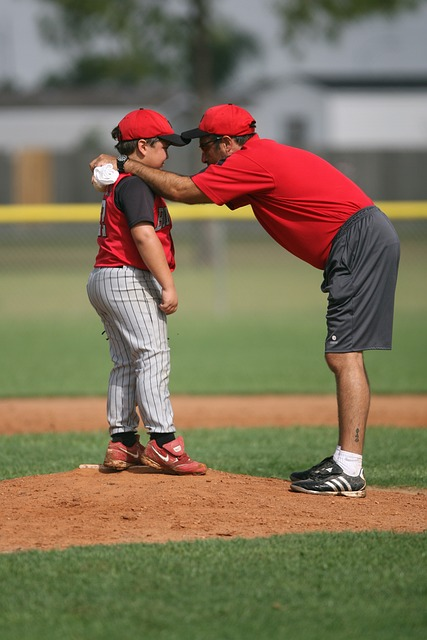
Coaches have a significant responsibility in shaping a positive and safe environment for physical activity. This includes ensuring that equipment and facilities are secure and that children are wearing suitable clothing.
A focus on proper form and making quick, positive, and encouraging corrections helps children learn and reinforce proper movement patterns while enjoying the activity. Coaches are not just instructors but also role models who can inspire young athletes to develop a love for physical activity that lasts a lifetime.
Overcoming Barriers to Youth Fitness
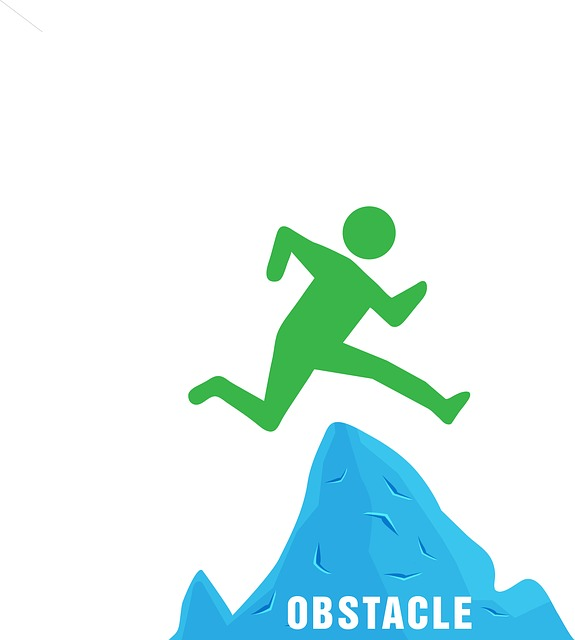
Despite the promotion of youth fitness being vital, it’s necessary to identify the potential obstacles that could hinder progress. Common obstacles include time constraints, limited access to facilities, and the challenge of making physical activity enjoyable for children.
Tackling these obstacles directly is key to promoting an active lifestyle in our youth. Parents can promote a healthy balance by regulating screen time, ensuring nutritious meal options, and encouraging enjoyable physical activities.
Overtraining can cause severe physical and mental health issues in youth, underlining the necessity of balancing fitness activities and rest.
Time Constraints
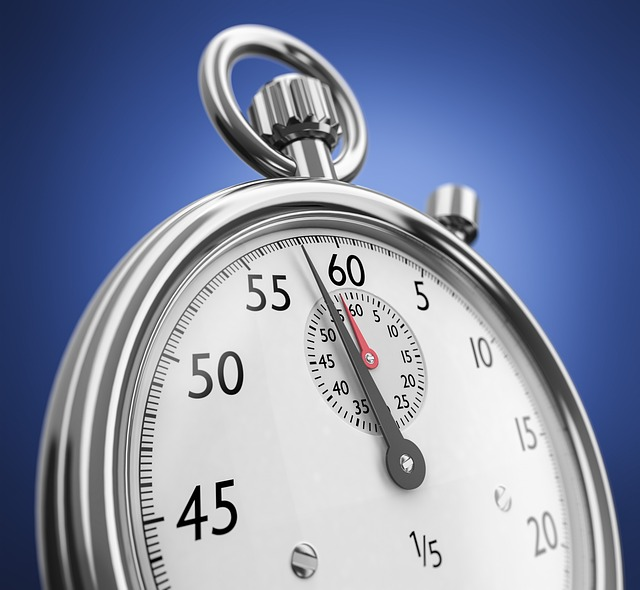
Time constraints can pose a significant barrier to physical activity in youth. Homework and family obligations often conflict with physical activity; programs outside of after-school hours can help youth meet both academic and fitness needs.
Integrating short bursts of activity throughout a child’s day can help accumulate enough physical activity. Here are some ways to incorporate physical activity into a child’s day:
- Walking or biking to school
- Active play during breaks
- Using technology like fitness apps or online exercise videos for guided physical activities that can be done at home and adjust to varying schedules.
Limited Access to Facilities
Limited access to facilities is another barrier to youth fitness. Inequalities in the quality of recreational facilities are seen across different neighborhoods, with lower-income areas often having facilities of poorer quality. Parents have expressed the need for improvements to indoor facilities, quality enhancements, and better-qualified staff or improved staff training.
To improve facility access, recommended solutions include:
- Safe, subsidized transportation
- Improvements to parks and recreation centers
- More effective utilization of current facilities
- Ensuring affordability of activities
Public policies that focus on the development and maintenance of parks and recreational spaces in underserved areas can enhance youth access to fitness facilities over time.
Tips for Creating Effective Youth Fitness Programs
The development of effective youth fitness programs requires a deep understanding of the distinctive needs and preferences of young participants. Coaches can mitigate the decline in youth sport participation with engaging fitness programs that are tailored to fit the developmental stages of young clients.
A coach’s responsibility includes scheduling practice sessions at convenient times and locations so that youth have the opportunity to partake in physical activities. Forming community partnerships to utilize school facilities, such as gyms and playgrounds, after hours can help provide cost-effective fitness opportunities for children.
Setting Realistic Goals
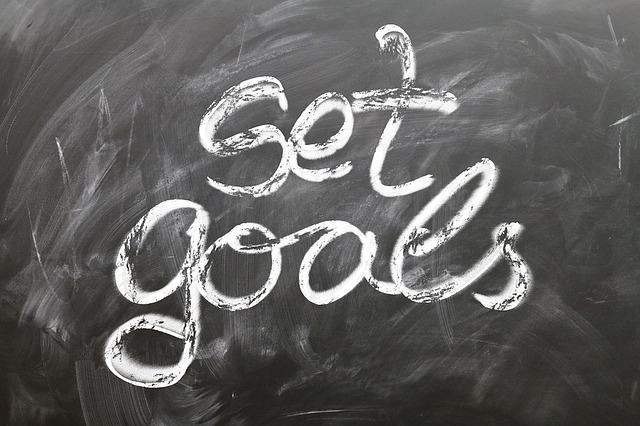
In youth fitness programs, goal setting serves as a potent tool for enhancing athletic performance. Including young athletes in the goal-setting process empowers them and increases their motivation for personal growth and development.
Setting measurable goals at the beginning of a youth fitness program helps track progress and determines appropriate times for celebration and recognition. Establishing short-term and long-term goals helps maintain high motivation levels by providing reachable milestones while fostering a vision for future achievements.
Making Fitness Fun

Ensuring fitness programs are fun is pivotal to keeping children engaged. Incorporating games such as:
- obstacle courses
- scavenger hunts
- relay races
- tag
- dance parties
- sports tournaments
Incorporating active games and a variety of other playful activities can make fitness sessions more engaging for youth.
Using music and friendly competition during workouts can enhance the fun and engagement for young participants. Turning warm-ups and cool-downs into playful games can set a positive tone for the entire workout session and make them enjoyable experiences.
The Role of Nutrition in Youth Fitness
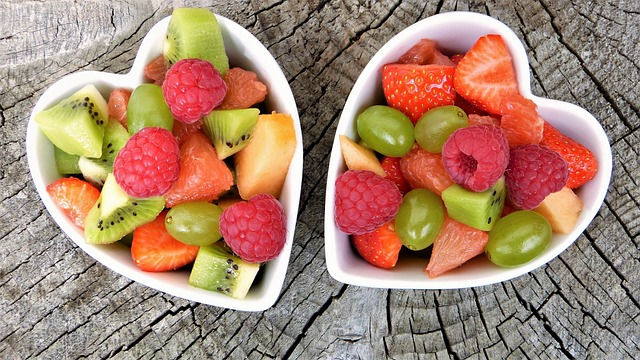
In youth fitness, the role of nutrition is indispensable. The Certified Youth Nutrition Specialist Certification equips fitness professionals with advanced knowledge in addressing youth nutrition with young athletes.
Proper nutrition education contributes to the knowledge necessary for developing lifelong healthy eating habits that support youth fitness. Key nutritional topics for young athletes, such as the necessity of protein supplementation, adequate protein intake, and optimal protein sources, are addressed by educators in the field.
Fueling Young Athletes
To meet their energy demands and facilitate growth, young athletes need a balanced diet. Carbohydrates should make up 45% to 65%, protein 10% to 30%, and fats 25% to 35% of the total caloric intake for young athletes.
During periods of moderate to intense training, young athletes have increased caloric requirements of 50-80 calories per kilogram of body weight per day, with 5-8 grams of carbohydrates per kilogram of body weight needed to fuel extended periods of exercise. Dietary fat should be sourced mainly from essential fatty acids found in foods like fatty fish, seeds, and oils.
Fueling Growth: Essential Teen Nutrition for Lifelong Health
Encouraging Healthy Eating Habits
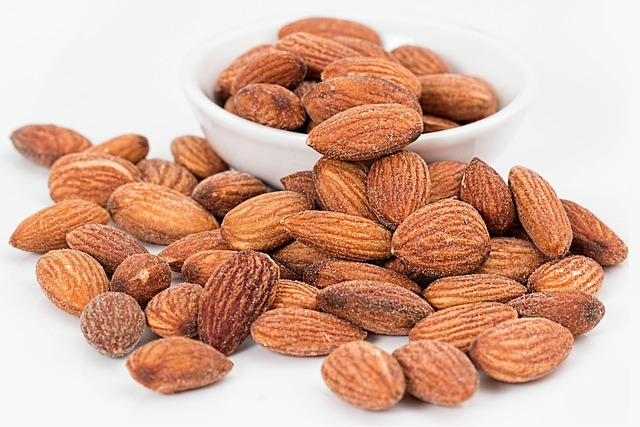
Promoting healthy eating habits holds equal importance to encouraging physical activity. Involving children in meal prep and grocery shopping, along with allowing them to make their own food choices, promotes long-term healthy eating habits.
Teaching children to listen to their bodies aids in self-regulating hunger and appetite, an approach that can be more effective than strict portion control. Prioritizing family meals, even outside of traditional times or settings, is beneficial for children’s health outcomes.
Top 50 Healthy Lunch Ideas for Toddlers – Easy & Nutritious
Summary
Promoting youth fitness is not a one-size-fits-all endeavor. From understanding the importance of physical and mental health, to creating age-appropriate activities, involving parents and coaches, overcoming barriers, and setting realistic goals, each factor plays a critical role in shaping a healthy future for our youth. Remember, the journey to a healthier future starts today. Let’s take that first step together.
Frequently Asked Questions
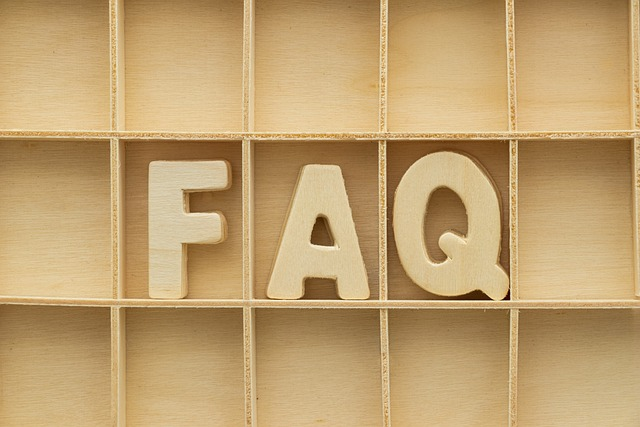
What is youth fitness?
Youth fitness is an important investment in children’s future health and well-being, providing benefits for physical, mental, social, and lifelong skills, setting them up for a brighter future.
Can a 12 year old go to the gym?
Yes, a 12-year-old can typically go to the gym, but it’s important to be cautious and seek advice from professionals to ensure safety and avoid any potential damage while still growing. Remember to check with the gym about their specific age requirements and rules for minors.
Should a 12 year old workout everyday?
It’s recommended for 12-year-olds to engage in at least 60 minutes of physical activity every day, including vigorous-intensity aerobic and muscle-strengthening activities on at least three days of the week, as suggested by physical activity guidelines. This helps in promoting overall health and well-being.
How can I make my 12 year old stronger?
Start with light weights and controlled movements, focusing on good form and safety. Use body weight or resistance tubing for strength training at this age.
Why is youth fitness important?
Youth fitness is crucial for the physical, mental, and developmental well-being of children and adolescents, as regular exercise contributes to overall health and growth. It’s essential for their well-being and development.
Share this post: on Twitter on Facebook on Google+

